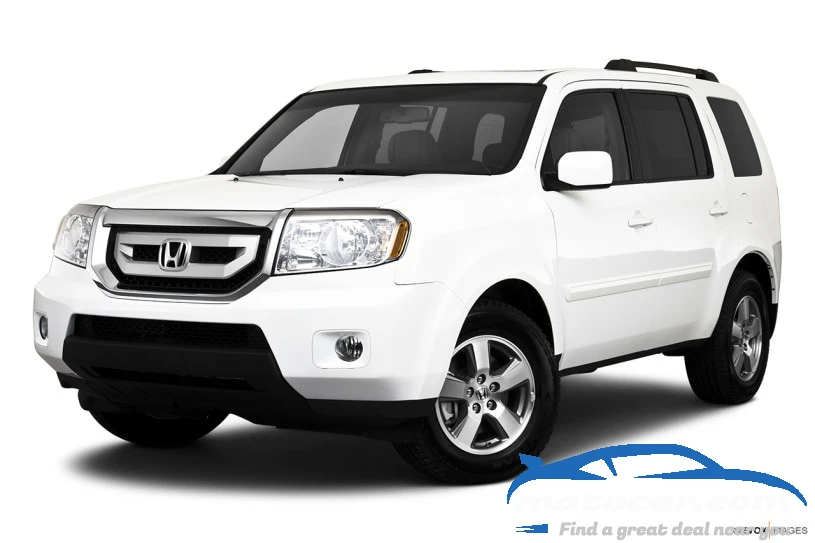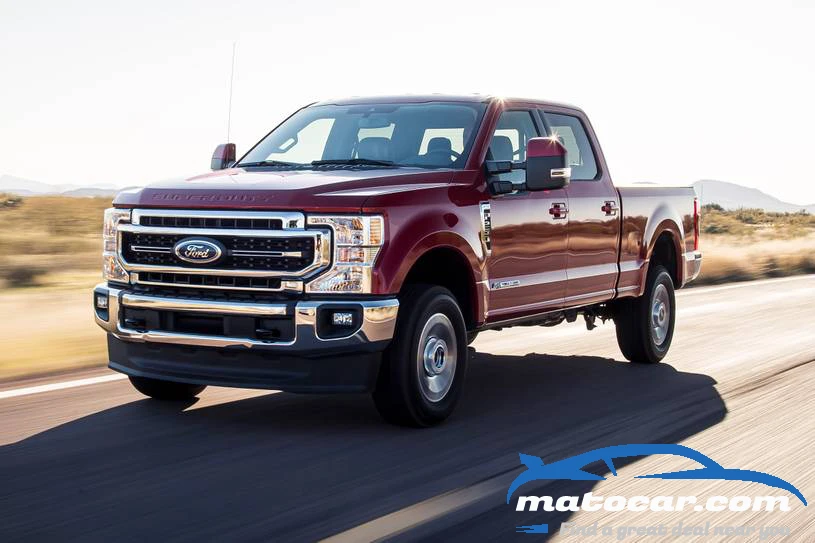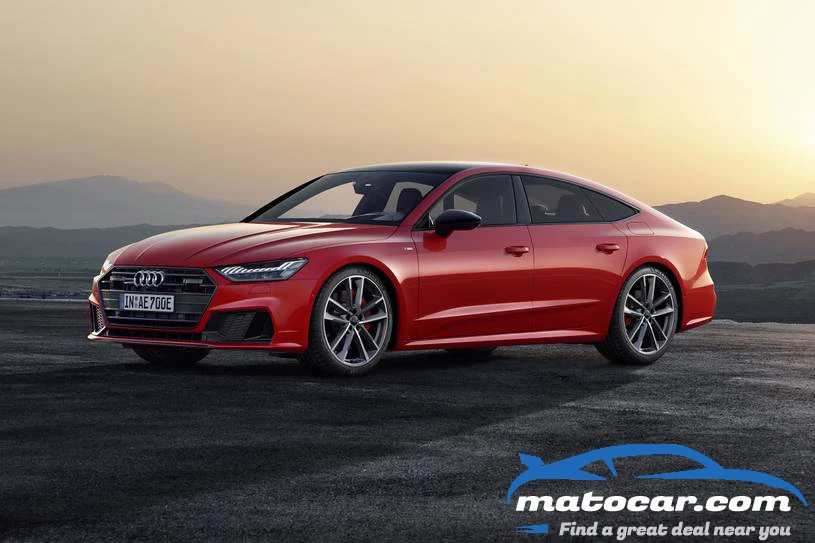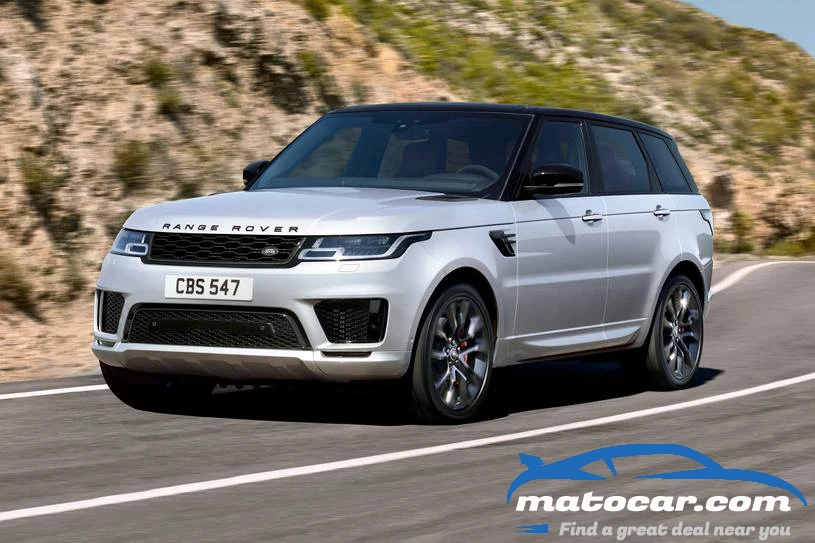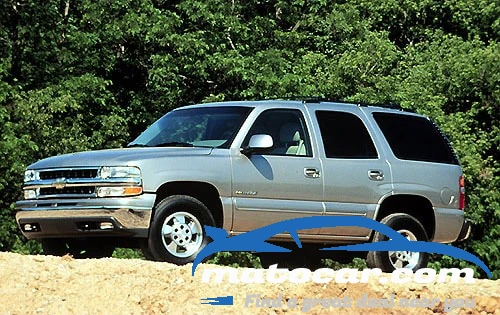Honda Pilot 2010 Review Prices , and Pictures
10.0/10
Based on 1 reviewsMSRP range: $12,997 - $19,990
- Pleasant ride, perfect crash test scores, decently roomy third-row seat, smooth V6, clever interior storage features.
- Back-of-the-pack brakes, sluggish acceleration, unremarkable fuel economy, button-heavy center stack.
The 2010 Honda Pilot's crashworthiness and adult-friendly third-row seat work in its favor, but there isn't much else about this middling crossover SUV that stands out.
Vehicle overview
Automotive names are often inscrutable, but the 2010 Honda Pilot's got a simple one. You can look "pilot" up in the dictionary, and here's what you get: "a leader, or one employed to command a vessel." So that's what Honda's boxy crossover SUV is supposed to be. But is the recently redesigned Pilot really a leader in this hotly contested segment?
In a word: no. Honda's sterling reputation will likely clinch plenty of Pilot sales, but we think discerning consumers who test-drive the competition will find that the Pilot is a surprisingly lackluster effort from the illustrious Japanese automaker. It's got a usable third-row seat and perfect crash-test scores, but otherwise this Honda is outclassed by more well-rounded rivals. Honda has long been a fan of the jack-of-all-trades approach to automotive design, but the Pilot is too often a pauper in a segment full of princes.
The trouble starts with the brakes -- the 2010 Honda Pilot required almost 150 feet of pavement to come to a halt in our instrumented 60-0-mph testing, which is a solid 20 feet or more behind rival crossovers. Things aren't much better under the hood: The V6 is nice and smooth under full throttle, but 250 horsepower -- 21 fewer than a V6-powered Accord -- just isn't enough oomph to move the roughly 4,400-pound Pilot around with any authority. Fuel economy, another traditional Honda strength, doesn't exactly stand out either.
Those drawn to the Pilot's distinctively boxy styling may be willing to forgive such shortcomings, but we think there are better choices. Unless your fierce Honda loyalty prevents you from trying out other makes, we'd advise you to test-drive the Ford Flex, Hyundai Veracruz, Mazda CX-9 and the GM Lambda-platform family, notably the Buick Enclave and Chevrolet Traverse before plunking down your hard-earned cash on this questionably named crossover.
2010 Honda Pilot models
The 2010 Honda Pilot is a midsize crossover SUV offered in four trim levels: LX, EX, EX-L and Touring. Each is available with either front-wheel or all-wheel drive. The LX comes standard with 17-inch steel wheels, keyless entry, a tilt-and-telescoping steering wheel, full power accessories, cruise control, 60/40-split second- and third-row seats and a seven-speaker CD/MP3 audio system with an auxiliary audio jack.
The EX adds foglights, 17-inch alloy wheels, a power driver seat, an in-dash six-CD changer, steering-wheel-mounted audio controls, tri-zone automatic climate control and satellite radio. The EX-L upgrades to leather upholstery, heated front seats, a sunroof and a rearview mirror-mounted back-up camera. The high-end Touring model includes a power liftgate, rear-window sunshades, Bluetooth, a 10-speaker audio system, a USB audio interface, and a navigation system with voice recognition and an integrated back-up camera.
There are no available options on LX or EX models. Optional on the EX-L is a DVD rear entertainment system that's packaged with a 10-speaker audio system. The DVD system is the only option on Touring models.
MatoCar Latest Honda Pilot News Watch Review2022 Honda Civic: MatoCar Top Rated Sedan2010 Highlights
After a complete redesign last year, the 2010 Honda Pilot stands pat except for standard two-stage heated seats on the EX-L model and integrated rear window sunshades on the Touring.Performance & mpg
The 2010 Honda Pilot is motivated by a 3.5-liter V6 that generates 250 hp and 253 pound-feet of torque. A five-speed automatic is the only available transmission. Front-wheel drive is standard, but all Pilot models are available with an all-wheel-drive system that automatically apportions power to the rear wheels -- up to 70 percent -- when front slippage occurs. This system also has a driver-selectable "lock" feature that routes the maximum 70 percent of torque to the rear wheels at speeds below 19 mph.
In performance testing, we clocked a Pilot Touring from zero to 60 mph in a pokey 9.7 seconds, a full second or two behind many rivals. Fuel economy is aided by Honda's Variable Cylinder Management (VCM) system, which shuts down half of the V6's cylinders when they're not needed, but it's still just average for this segment at 17 mpg city/23 mpg highway and 19 mpg combined (16/22/18 for AWD models).
Safety
Standard safety equipment includes stability control, front-seat side airbags and full-length side curtain airbags. Antilock disc brakes are also standard, but they don't do a very good job in panic stops, requiring 149 feet to halt the Pilot from 60 mph -- 18 feet longer than the mid-pack Toyota Highlander, for example. In government crash tests, the Pilot performed flawlessly, scoring a perfect five stars in frontal and side-impact testing, and the Insurance Institute for Highway Safety likewise awarded the Pilot its top "Good" rating for both frontal-offset and side-impact crashes.
Driving
A lack of low-end torque from the V6 makes the 2010 Honda Pilot feel rather flat-footed off the line. Passing power isn't much better, as Honda's VTEC technology uncharacteristically fails to bring the V6 to life at higher rpm, no doubt a consequence of the Pilot's hefty curb weight. The feel of the brake pedal is confidence-inspiring, but the brakes perform unacceptably in panic-stop situations. On the plus side, the soft suspension affords a comfortable ride over broken pavement and on the highway, though this does result in rather ponderous handling on curvy roads.
Interior
The 2010 Honda Pilot's interior layout is rugged-looking, in keeping with the boxy exterior. However, as in the Accord, the Pilot's center stack is littered with small buttons that take awhile to get used to. Materials quality isn't that great either -- in contrast to the Veracruz's almost Lexus-like dash, for example, the Pilot's consists of roughly grained hard plastic. On the bright side, the navigation system is one of the best in the business once you figure out how to use it, and thoughtful storage areas and cubbies abound.
Out back, the Pilot boasts a third-row seat that's actually inhabitable by adults -- no small feat in this midsize segment that's full of third-row penalty boxes. Both the second and third rows are let down by low cushions, though, forcing even moderately long-legged passengers to adopt a knees-up riding position. Larger rival crossovers like the Flex and Chevrolet Traverse offer superior third-row accommodations. Prepped for cargo, the Pilot can take on 87 cubic feet of stuff -- technically less than most rivals, but its boxy shape makes it seem bigger.
Rate the car
You may also like
0 Comments

